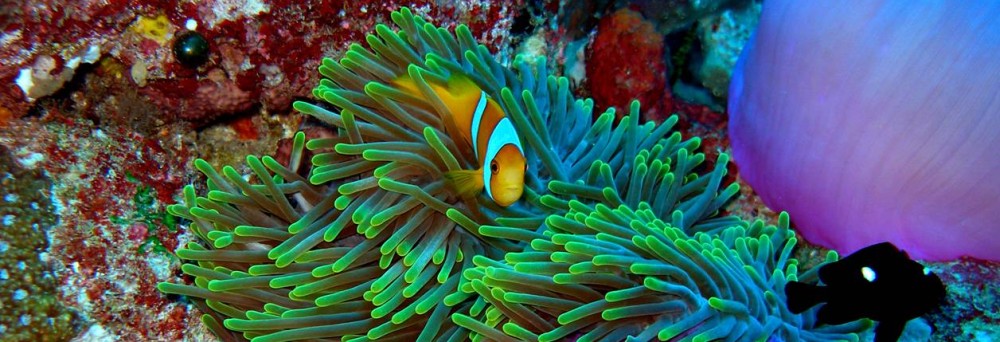Funeral rites and customs are a distinctive human characteristic. They have important psychological, sociological, and symbolic functions for the survivors. Therefore, funeral rites and customs deal not only with the preparation and disposal of the body, but also with the well-being of the survivors, and with the memory of the deceased and their spirits.
The various methods for disposal of the body are linked to religion, climate and geography, and social status. Burial is associated with ancestor worship or beliefs regarding afterlife. Cremation is sometimes viewed as liberating the spirit. Also practiced have been water burial, such as burial at sea of the whole body, and sending the corpse to sea in a boat, which perhaps signifies a journey to ancestral regions or to the world of the dead.
Although cremation became popular again only a century ago, it probably began during the early stone age around 3000 B.C. Cremation spread across Europe, becoming popular in the British Isles, Spain, and Greece. It was the predominant form of disposition around the time of Homer, circa 800 B.C. It was encouraged for health reasons and to expedite burials of soldiers killed in battle.
The Romans picked up cremation about 600 B.C., becoming so popular that an official decree was issued in the mid 5th century banning cremation within the city of Rome. Cremation was widely practiced in the Roman Empire, 27 B.C. to 395 A.D., and cremains were often stored in elaborate urns in columbarium-like buildings.
The earliest known method of cremation was the log pyre. In more elaborate practices, pitch and gum were added to the wood. Modern crematories expose the corpse not to flames but to intense heat – 1600 degrees – that reduces the body to bone.
 Disposal of the ashes varies in different parts of the world. Hindus, for whom cremation is the typical form of disposal, place them in urns or put them in a river, usually the sacred Ganges. In this country ashes are often kept in an urn, scattered over the water or in a memorial garden, or even scattered from the air. Today, cremation is practiced in the United States in about 38% of all deaths, and is rapidly growing; expectations are it will be over 50% by 2025.
Disposal of the ashes varies in different parts of the world. Hindus, for whom cremation is the typical form of disposal, place them in urns or put them in a river, usually the sacred Ganges. In this country ashes are often kept in an urn, scattered over the water or in a memorial garden, or even scattered from the air. Today, cremation is practiced in the United States in about 38% of all deaths, and is rapidly growing; expectations are it will be over 50% by 2025.
Funeral At Sea scatters cremains over the water in many locations in Florida: Clearwater, St. Petersburg, Tampa, Veterans Reef, Anclote Key Lighthouse, Sanibel Lighthouse, and at Christ of the Abyss in Key Largo, Florida Keys.




